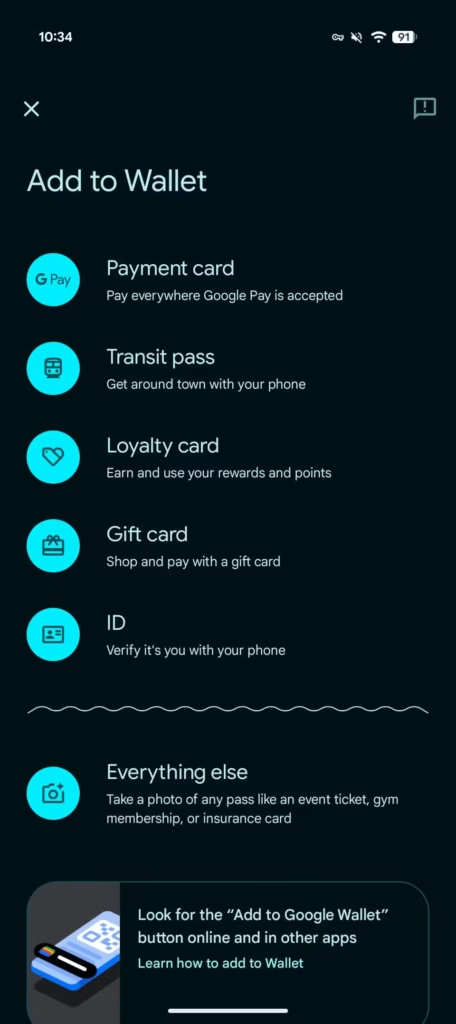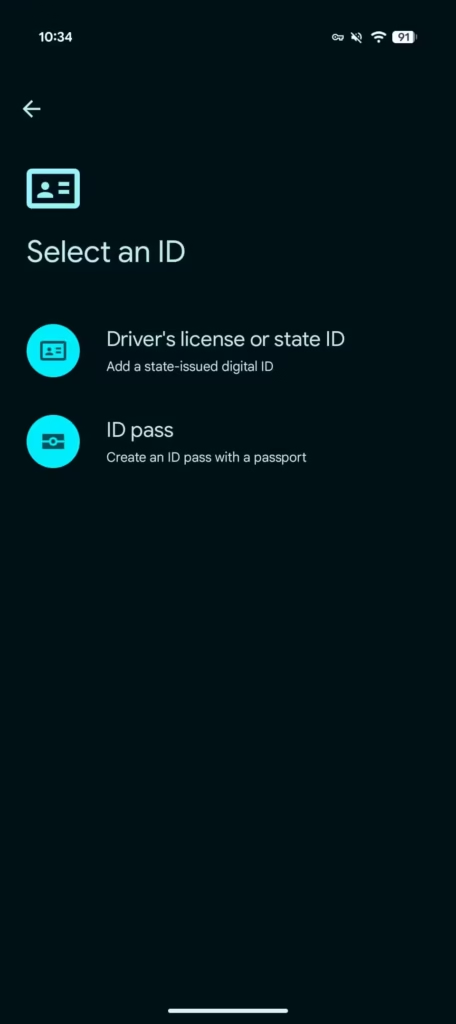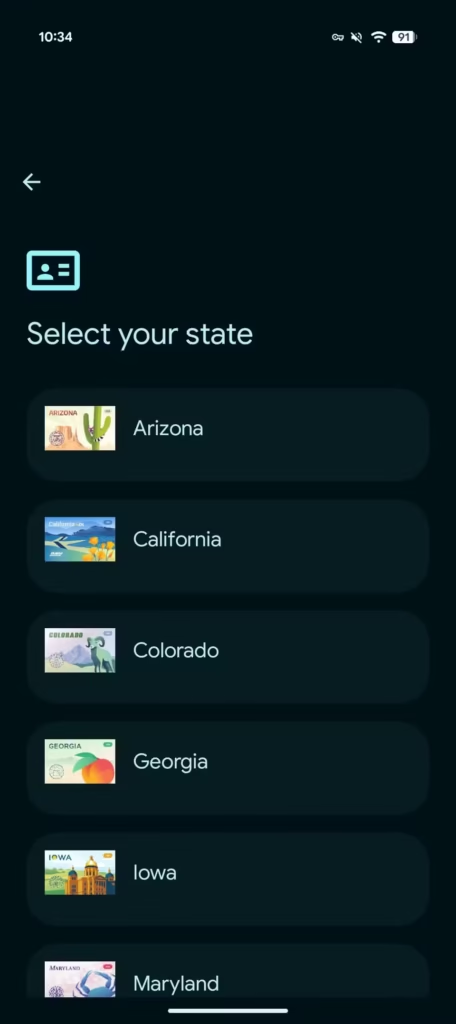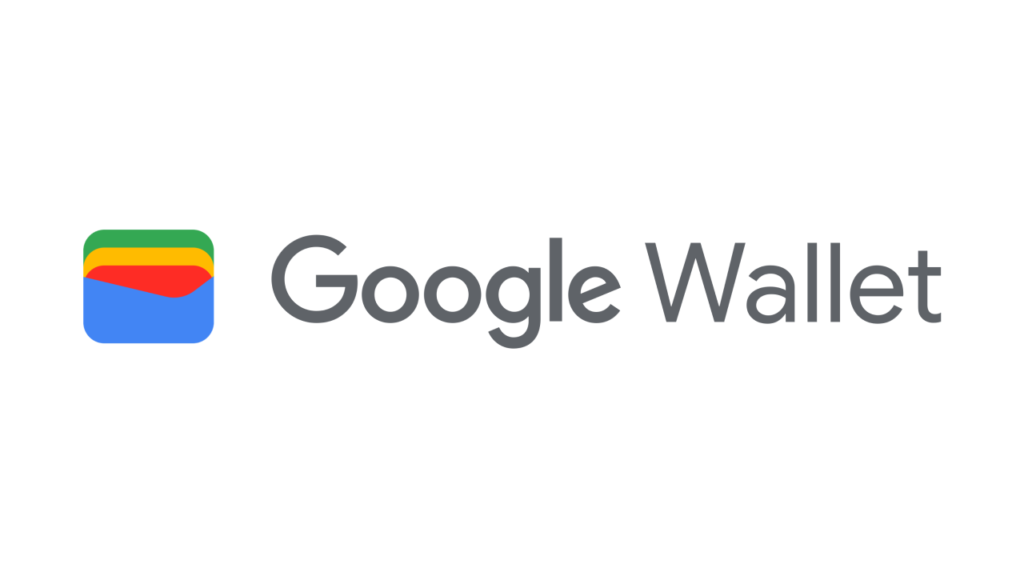For years, we geeks have dreamed of a future where our physical wallet becomes obsolete, with our smartphones holding everything from credit cards to identity cards. That future has been arriving in slow, deliberate steps. Today, Google just took a giant leap forward.
In a significant expansion of its digital identity program, Google has officially started rolling out support for California's digital driver's licenses and state IDs in Google Wallet.
Why is this such a big deal? The addition of America's most populous state is a massive milestone that signals an acceleration in the shift from physical to digital identity. We're diving deep into what this means, which states are now on board, how the technology works, and what the future holds for the wallet in your pocket.
Who's In? The Official List of States with Google Digital IDs
The rollout of digital IDs has been a state-by-state marathon, requiring deep technical and legislative collaboration. With this latest update, California joins a growing, albeit still small, list of pioneers. As of today, residents in the following US states can add their official ID to Google Wallet:
- Arizona
- California (Now Rolling Out)
- Colorado
- Georgia
- Maryland



How It Works (And Why It's More Secure Than Your Physical Card)
Adding your ID to Google Wallet is a secure, one-time process. You'll typically need to scan the front and back of your physical card and take a series of selfies to verify your identity with your state's DMV.
But the real magic happens when you need to use it. Instead of handing over your entire phone (and all the personal information on your license), the process is designed for privacy and security.
- Tap to Present: At a supported checkpoint, like a TSA security line at an airport, you simply tap your phone on the NFC reader or let them scan a QR code.
- Authenticate: Your phone will then prompt you for your fingerprint, face scan, or PIN to consent to sharing your information. You are always in control.
- Share Only What's Necessary: The system is designed to only share the information required for the transaction. For example, when verifying your age to enter a venue, the system can simply return a “Yes, this person is over 21” confirmation without ever revealing your date of birth or home address.
This is a huge security upgrade. Your phone is biometrically locked, and you never have to let your ID out of your possession.
Why the Digital Wallet Revolution is a Marathon, Not a Sprint
While this is exciting, it's important to understand why this rollout feels so slow. It's not just a technical challenge for Google; it's a massive logistical and legislative puzzle.
- State-by-State Laws: Every state has different laws governing identity documents and different DMV systems. Google and Apple must work with each state individually to get approval and integrate their systems.
- Building an Acceptance Network: A digital ID is only useful if places accept it. The primary use case right now is at select TSA checkpoints in specific airports. Building out a network of retailers, venues, and law enforcement agencies that can accept these IDs will take years.
- Building Public Trust: The concept of a digital identity requires building immense public trust. The technology is built on a secure international standard (ISO 18013-5), but convincing the public of its safety is a gradual process.
Apple is facing the exact same hurdles with its Apple Wallet ID program, which is why their list of supported states is similarly small. This is a systemic challenge for the entire industry.
A Glimpse of an Inevitable Future
The addition of California to the Google Wallet digital ID program is a major tipping point. The momentum is building, and it's clear that the future of identity is digital. While the progress may feel slow, each new state that comes online solidifies the standard and pushes the ecosystem forward.
For now, this feature is an exciting convenience for travelers in a handful of states. And for us geeks watching from around the world, whether in Angola or Australia, it's a crucial trend to follow. The standards and technologies being forged in the US today will likely form the blueprint for how digital identity is implemented globally in the years to come.
Our expert advice? If you're in a supported state, absolutely set it up. It's a cool glimpse of the future. But do not leave your physical ID card at home just yet. We're still in the early days of this marathon.



